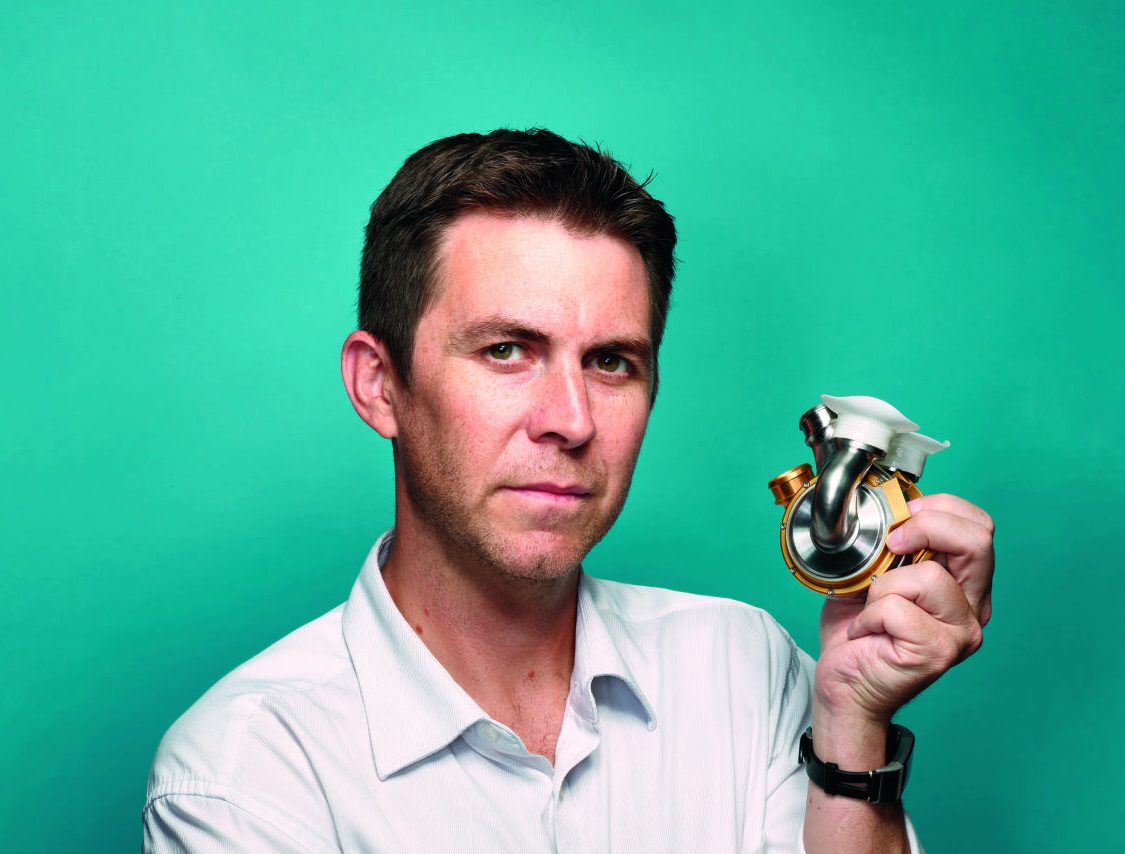China’s first Mars rover is slumbering on the Red Planet after enduring a tough Martian winter and harsh dust storms, mission designer Zhang Rongqiao said on Tuesday, following the rover’s year of exploration around the Red Planet as Beijing pushes ahead with its ambitious space program.

A replica of Zhurong rover, which has not woken from hibernation on Mars.
Key Facts
Zhurong, a robotic rover that is part of China’s Tianwen-1 space mission, has not woken from its scheduled hibernation on Mars, Zhang said, according to state television and media reports.
A larger-than-expected buildup of dust has likely hampered the solar-powered rover’s ability to generate electricity, Zhang said, meaning it probably can’t generate enough power to wake.
If the buildup of dust is greater than what engineers planned for, Zhang said no amount of sunlight will revive it and that the rover will be inactive “forever.”
Zhang’s comments break months of silence from China over the fate of the rover, which was due to reanimate in December after sleeping through the harsh Martian winter, when reduced sunlight would dampen its ability to produce power.
Despite Zhurong’s sleepy end, Zhang celebrated the rover’s performance exploring Mars’ surface for around a year, which significantly exceeded the mission’s original goal of three months.
Zhang’s comments confirm speculation that Zhurong, named after a Chinese god of fire, had not survived the harsh Martian winter after months of silence from China’s space agency. Speculation began in December, when the rover did not reactivate as anticipated as conditions on the Red Planet improved, and gained further momentum when images taken by NASA’s Mars Reconnaissance Orbiter in February this year showed it had not moved since September.
Key Background
After the U.S., China is the only country to have driven a rover on Mars. As with much space exploration, it is technologically challenging and engineers must also account for Mars’ notorious dust storms, which can obscure sunlight reaching the planet’s surface and cover solar panels needed to create power. China has big ambitions for space and plans to become a leader in the field. As well as exploring Mars, China plans to build a base on the Moon, which it said will be the “frontier” to further space exploration. It is also building its own space station to rival the International Space Station and is also bolstering its martial capabilities for space.
Big Number
1,800 gigabytes. That’s how much raw scientific data has been gathered by the equipment onboard China’s Tianwen-1 space mission, according to state media, citing China’s National Space Administration. Without elaborating, the Global Times said “several discoveries” have been made using the data. The mission’s chief architect, Zhang Rongqiao, said the agency will begin sharing findings with the rest of the world from May, according to CGTN.
What To Watch For
Wu Weiren, the chief designer of China’s lunar program, said China has confidence it will be able to put Chinese people on the Moon by the end of the decade. “By 2030, the Chinese people will definitely be able to set foot on the moon. That’s not a problem,” Wu said, according to CGTN. Wu also said China is working on a network of lunar satellites to provide internet and connectivity to its space operations further into space, paving the way for future crewed and uncrewed missions and landings.
This story was first published on forbes.com and all figures are in USD.
Forbes Australia issue no.4 is out now. Tap here to secure your copy or become a member here.
Look back on the week that was with hand-picked articles from Australia and around the world. Sign up to the Forbes Australia newsletter here.


